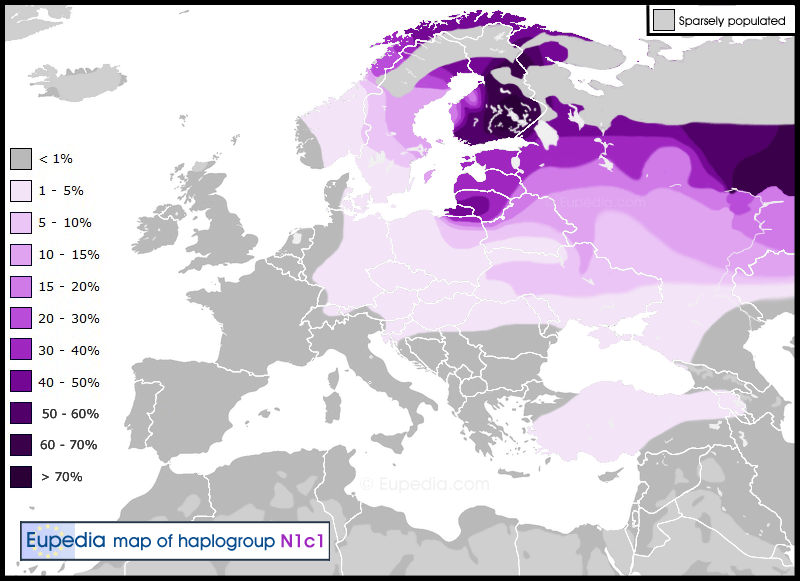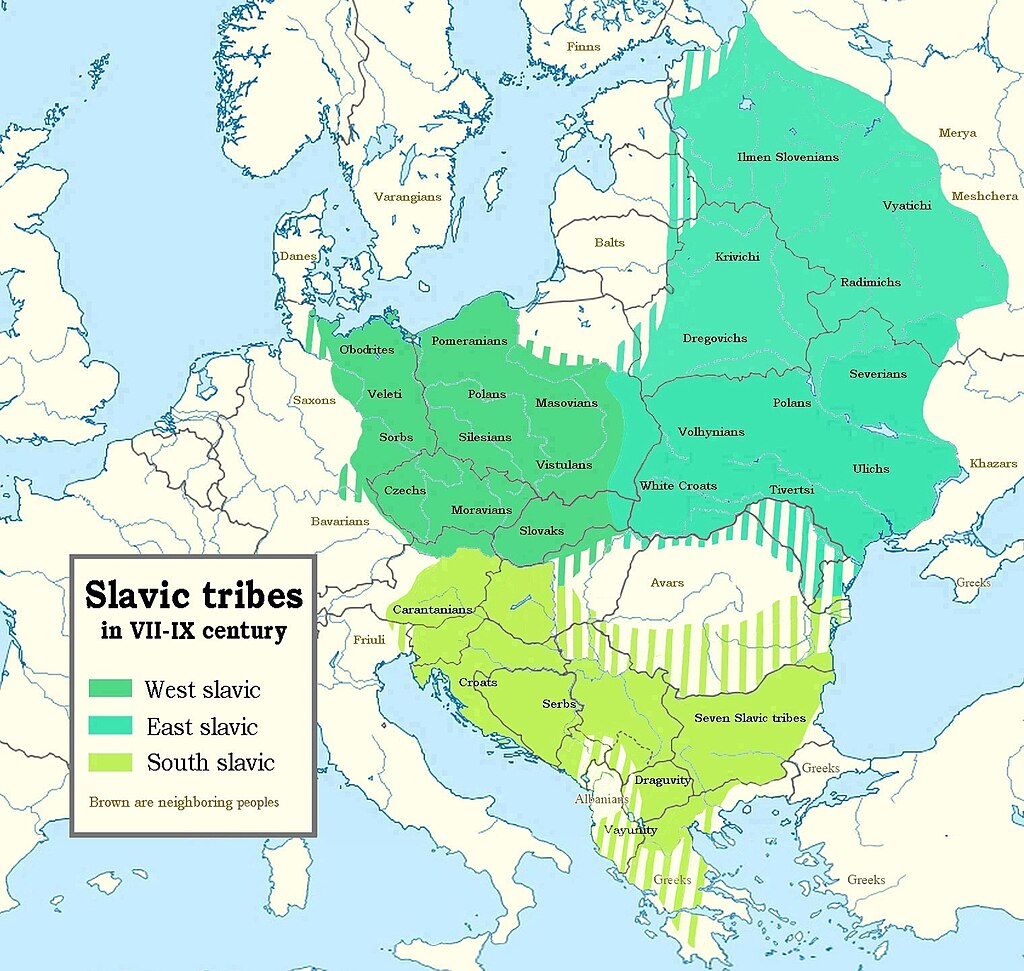@Archetype0ne Great job brother and thanks for sharing.
The only problem is I have absolutely no idea how to read calculators.
Could you deduct from this information how much proper Slavic related ancestry you have?
I knew from the available data so far that something was sketchy about that paper. I�m never going to trust a paper analyzing ancient Balkans and comparing Albanians whose contributors� lastnames end in -ic and -ovic. We Balkanites haven�t reached that level of scientific integrity yet.
I will explain later when I am finish some work.
But from the calculator you can not tell how much Slavic I have because we do not really know for certain where the South Slavic ancestors originated from.
A preface of my future post to explain the calculator/calculation:
Based on a probably overfit yet detailed model:
I have 15 Krakauen Berg, where half of it is Germanic half Baltic. That is 7.5% Baltic.
9% Varangian Rus Gnezdovo
8% Baltic Bronze Age
7% Afasinevo (Eastern Yamnaya Related)
Further 3% Pskov/Bodzia Viking / Varangian
Notice how 0% of that is South Slavic? or even West Slavic?
Now if we knew where the ancestral land of South Slavs was we could make assumtions how much South Slavic I have.
It is a hot debate, among amateurs and even academics, with no clear answer, was it Zarubyntsi ? Was it Kiev? Was it Prague? Which culture? These cultures are separated by like 50-200 years in-between, and span thousands of KM, certainly they are mutually exclusive to each other.
I can safely say that I have some Varangian ancestry lifting my Baltic, Germanic and Eastern Slavic component. I don't know if this predates the Ethnogenesis of the South Slavs, or post dates it. But if the current leading theory that South Slavs originated from the border between Czechia, Germany and Poland is correct, any Slavic I might have is from a totally different region, and took a totally different historical path.
Side Note: For myself it is the most surprising, and unexpected, how ancestries you do not expect to find together in people shifted in one of those ways, appear in me. Say high Baltic shift, with high Levant shift. This means on the PCA I might remain in the same region as my neighbors, but with totally different, more extreme ingredients, to say the average.
Edit: I might as well.
Those calculators, when you go AC-BC mode, tell you the difference in shift.
AC, BC being segments of certain lenght. Better yet vectors.
When you subtact those vectors, you are left with a leftover vector, with a distance and direction. This leftover vector from the starting point tells you what shift remains once you finish the calculation.
Here I wanted to find the shift needed to bring the BGR_IA sample to my present G25 coordinates.
AC-BC=
meaning My distance/vector to x sample, minus BGR_IA distance/vector to x sample, giving a C result, with a distance and direction of shift.
The results then are ascending or descending.
From the above image. The green results, shows which sample I am closer too, in relation to BGR_IA is closet too.
Meaning vector A0toVK2020_Rus_Pskov_VA - BGR_IAtoVK2020_Rus_Pskov_VA gives the greatest difference. In the green results it shows that I am the closest to VK2020Pskov in comparison to BGR_IA.
I interpret this as BGR_IA needs a shift of VK2020_Rus_Pskov_VA to bring forth my coordinates.
On the second part of the image the red results, it is similar. A0toC - BGR_IAtoC = greatest distance. Where I am furthest to C compared to BGR_IA, or BGR_IA is closest to that sample in relation to me. In this case Minoan relatively speaking is the closest population closest to BGR_IA in relation to me.
I suck at explaining I know. The best way to understand this tool is to play with it.
Go on Vahaduo. Paste 2 samples on target, then go on distance, and click the mode, from distance, till you see AC-BC mode. Then play with it, with sample you are familiar with. It will make much mroe sense.







